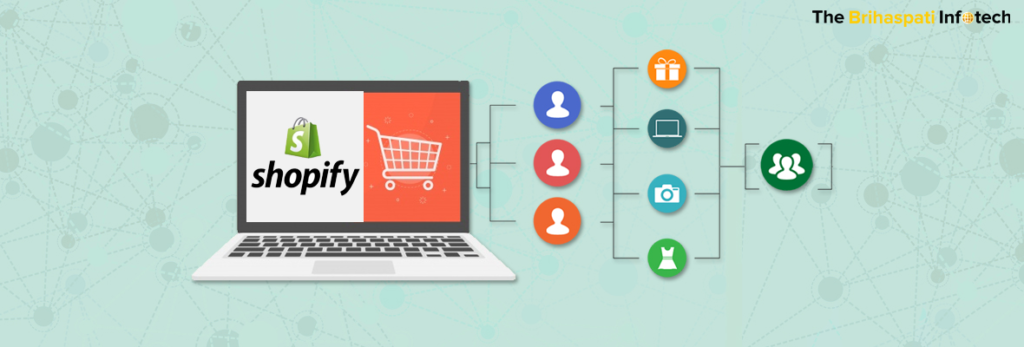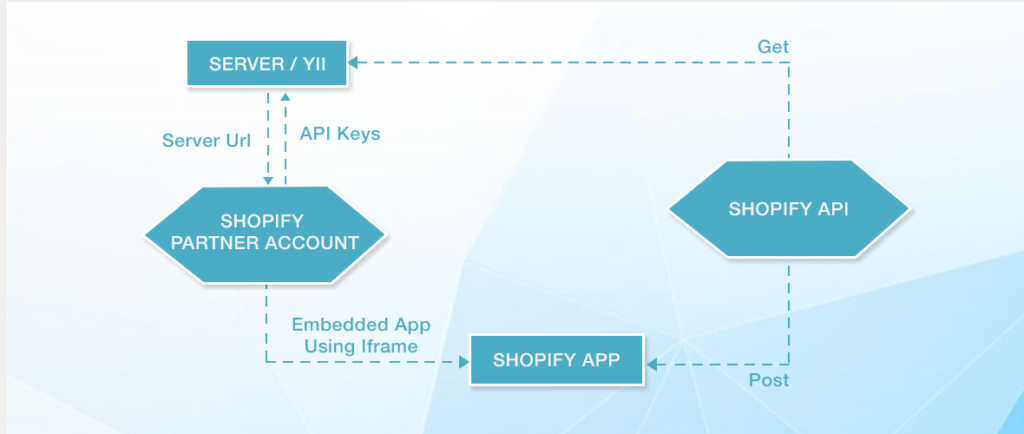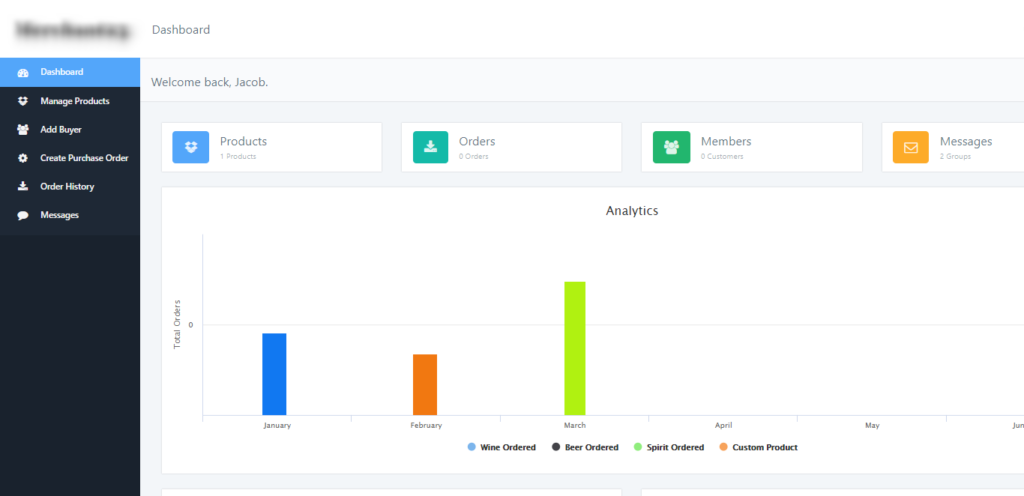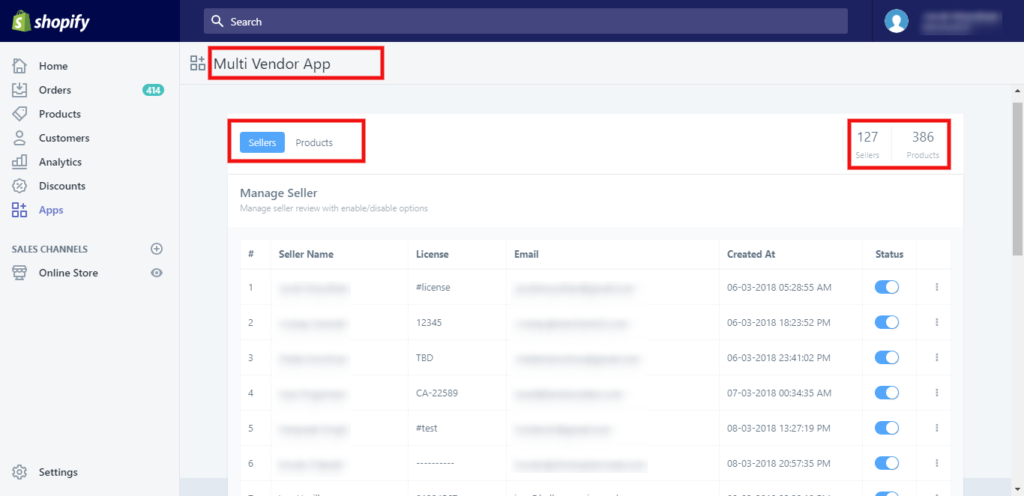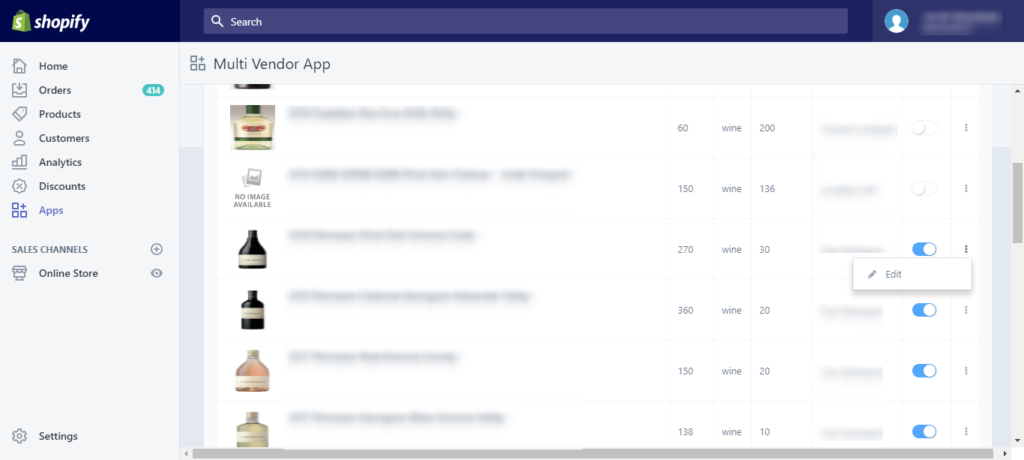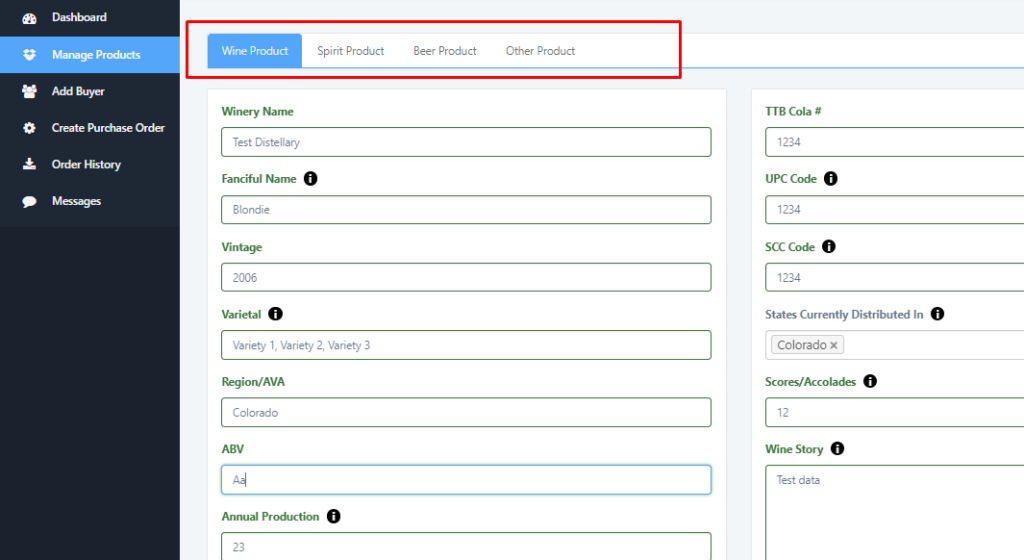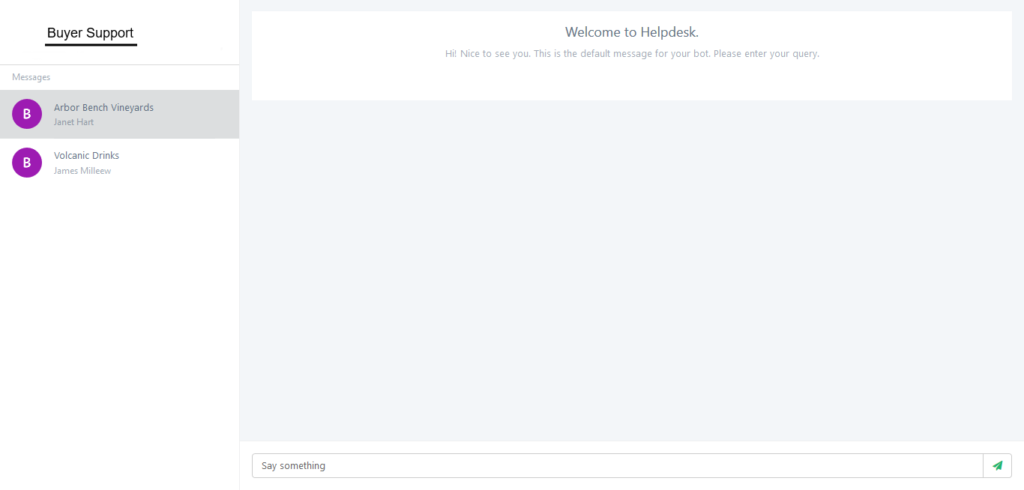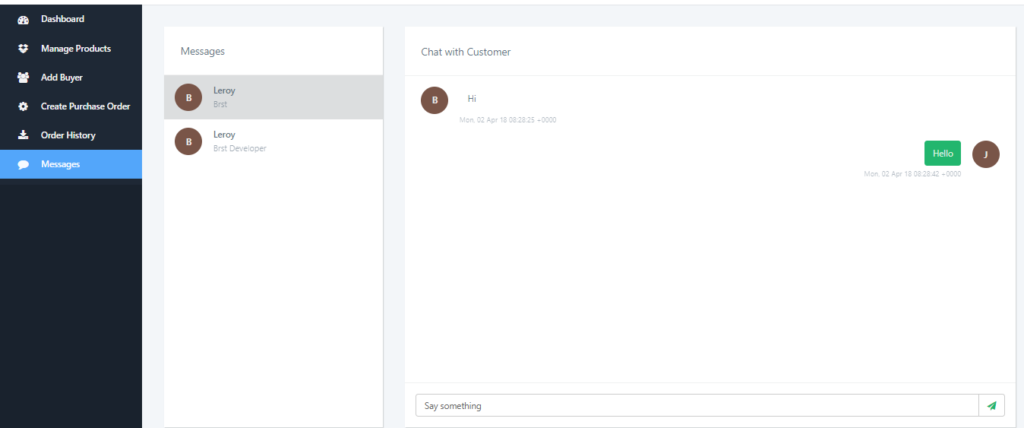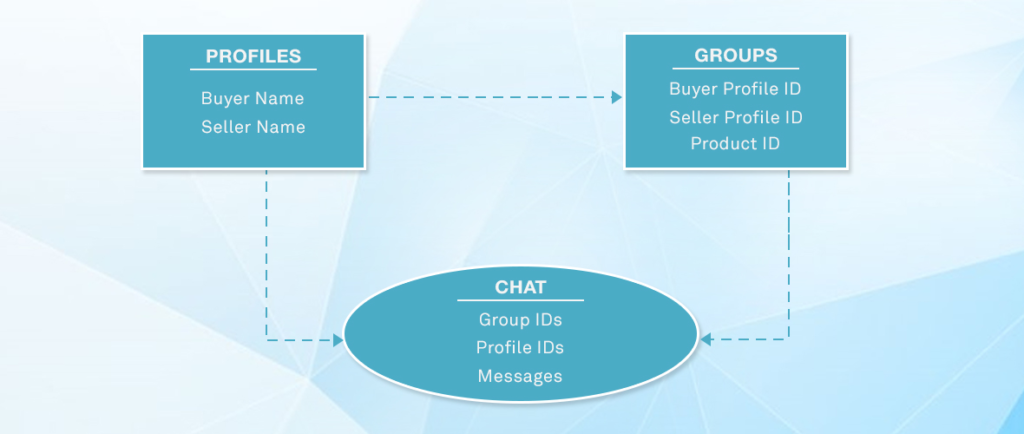The Key to a Successful Shopify NetSuite Integration
Due to the digitalization in almost every sector of commerce, consumer behavior has been changing over the years and so does their needs and requirements for a product or service. We all can agree on the fact that online retail business or any eCommerce is very competitive due to so much globalization. In such a competitive market, the business has to stand out to sell its product or service efficiently.
And Shopify is such a front-end platform that makes businesses capable of handling online consumers by directing them towards a purchase. This seamless customer experience further accelerates the number of visitors to the online store. Thus profit margins for the organization reach new heights. But businesses also use systems such as Oracle NetSuite that are cloud computing solutions.
They help in managing key business operations such as finance, ERP, inventory management, and many more. With the help of NetSuite and Shopify integration, eCommerce activities can get a boost and many processes in business can be simplified. These processes involve real-time management of inventory, their locations, and management of orders seamlessly.
Here is the A to Z of NetSuite and Shopify integration for better understanding:
Why your business needs integration of Oracle NetSuite and Shopify?
Management software in any business brings synchronization and balance between different operations such as sales, inventory management, and many more. Also, NetSuite and Shopify integration is such a solution to optimize the different processes involved in the business. Integrations like Shopify NetSuite Integration increases the efficiency of the organization thereby improving its profitability.
There are also features for error detection and optimization that makes software integration more useful. And since the Oracle NetSuite is highly customizable, you will be able to integrate it with Shopify just as you prefer to meet all your requirements. Shopify NetSuite Integration also helps businesses with routing as well as tracking of orders and inventory control that can bring more precision to the sales.
How does NetSuite and Shopify integration makes business operations more efficient?
Shopify acts as an eCommerce platform that works on the front-end while ERP solutions like Oracle NetSuite are backend-operated systems. Thus, integration between these two ensures that you can manage your customers with an ERP solution that will be independent of the customer experience. Customer-centric activities such as interaction on eCommerce platforms are optimized with the help of NetSuite ERP.
It’s done for better inventory management, tracking of orders, etc. This coordination brings more efficiency to the business thus saving both time and effort from the management teams. Shopify NetSuite Integration also helps in better stock management, routing the orders from the nearest inventory location for faster delivery and improved customer service.
Types of Shopify NetSuite Integration
Although there are several approaches available for the Shopify NetSuite Integration in any business, the following are the best ones that can help you achieve more efficiency and profitability:
1. Customized Shopify NetSuite Integration
Since NetSuite ERP can be customized according to the needs of the business, the integration between Shopify and NetSuite is also highly customizable. And most businesses today are adopting this approach because of its high reliability as well as scalability. The Shopify NetSuite Integration partners help integrated solutions businesses in selecting and customizing the different tools of both platforms.
These tools can satisfy the needs of any business organization. Different APIs (Application Programming Interfaces) are used to help integrate these platforms so that personalized experience can be delivered to the customers as well as management teams of any business.
2. Point-to-point Shopify NetSuite Integration
The second most trusted method for Shopify NetSuite Integration is the point-to-point approach. In this process, the businesses are allowed to choose between the processes they want to master and the type of data they want to be managed with the integration. The synchronization between Shopify data and the ERP data from Oracle NetSuite is achieved in batches by this approach.
The data mapping in this procedure is performed without any involvement of an intermediate platform which gives the integration a faster and smoother experience. This type of integration is very beneficial for businesses that have a limited number of channels to manage.
3. Cloud-based solution for Shopify NetSuite Integration
The cloud-based solution for Shopify NetSuite Integration involves the use of SaaS to synchronize and operate the different processes in any business. Organizations frequently use this method because it is so versatile and easy to access. The SaaS-based integration helps you access the services from both these platforms anywhere at any time.
And because of its added customizability, this approach has better results than the point-to-point approach of Shopify NetSuite Integration. But because of these added functionalities in this method, the price for this integration is higher than the other two. So, if you are ready to spend your fortune on a better Shopify NetSuite Integration, then a cloud-based SaaS system is the best approach.
Factors to consider before proceeding to Shopify NetSuite Integration
Before deciding on the Shopify NetSuite Integration for your business, you must keep in mind the following factors that can save both your cost and time:
1. Data volume
First, you need to assess the total data volume that you are expecting the integration to analyze and operate. Solutions like big data are key to the Shopify NetSuite Integration. Also, your data sets should support these types of solutions. This way your team can be prepared for the changes in the growth of the business.
2. Consumer base
The next important thing you should keep in mind before deciding on a Shopify NetSuite Integration is that customers are the center point of the business to sustain. And this integration between NetSuite and Shopify should be beneficial for them. This way the integration will have a greater impact on the business.
3. Documentation
Documentation of all the processes of your business should be communicated between different teams involved in the integration process. And avoiding errors and duplications in this process is very much necessary as it eliminates different business risks.
Thus, before jumping to the integration part, make sure all of your documentation processes are simple and error-free.
4. Research and discussions
The need to research difficulties that you may face is very much important when you are going for Shopify NetSuite Integration. Make sure to discuss these possibilities with your management teams and take suitable steps to mitigate such issues. This will help you fulfill your goals with the integration process more efficiently.
5. echnical resources
The last factor that you should keep your eyes on is the availability of proper resources and technology. These are necessary for the Shopify NetSuite Integration in your business. Take the help of business experts and teams that have experience with the integration process.
Advantages of Shopify NetSuite Integration
Shopify NetSuite Integration helps businesses in countless ways. Traditional data management in businesses has many gaps that are bridged with such integration. A Shopify-Oracle NetSuite integration comes with the following advantages:
1. Optimized Investments
The cost of operation in different processes of business is reduced due to the Shopify NetSuite Integration and those resources can be used on other fronts of the business.
This provides better investments for business owners in areas that need improvement. And since all the data is stored in synchronization to both platforms, the economic cost of maintaining records is also minimized.
2. Improved Customer experience
Customer satisfaction is crucial to any business’ success. Since the integration offers seamless interaction of the customers with the eCommerce platform, the experience is greatly improved. All the operations that are handled by NetSuite are updated in the front end. They are available on the Shopify platform. This keeps the customers updated regarding orders and returns.
Many businesses these days allow the customers to track their shipment as well as the inventory location for better communication. This creates more trust between the business and the customers. The sales staff also has data regarding all the products which helps them provide better service to the customers. Thus, businesses receive better customer satisfaction and it ultimately helps them achieve more profit.
3. Automatic Billing System
Shopify NetSuite Integration has tools that help business to ease up their tedious process of manual billing. Thus, with each new purchase of stocks and sales, the vendor and the customers of that particular business are delivered with automated bills and invoices.
This reduces the risks of data loss or error and the business has better control over inventory management. The Shopify NetSuite Integration will provide the business with an automated billing system that helps it focus on other aspects of the business that are more critical.
4. Fewer chances of error
The Shopify NetSuite Integration offers a seamless flow of information between both front-end as well as back-end. Since there is no involvement of any intermediate party, the chances of errors are very low.
Data is updated constantly on both platforms. Now, this creates better efficiency in data management and the margin of error is reduced effectively.
Conclusion
In As a result of this article, we have explained all the factors that are important for you to consider when choosing a Shopify NetSuite Integration partner. A trusted and reliable Shopify NetSuite Integration can bring your company more profit without much hustle and finding such an integration partner is very much necessary. They can use their years of experience and experts to recommend the best solutions as well as policies that can benefit your business.

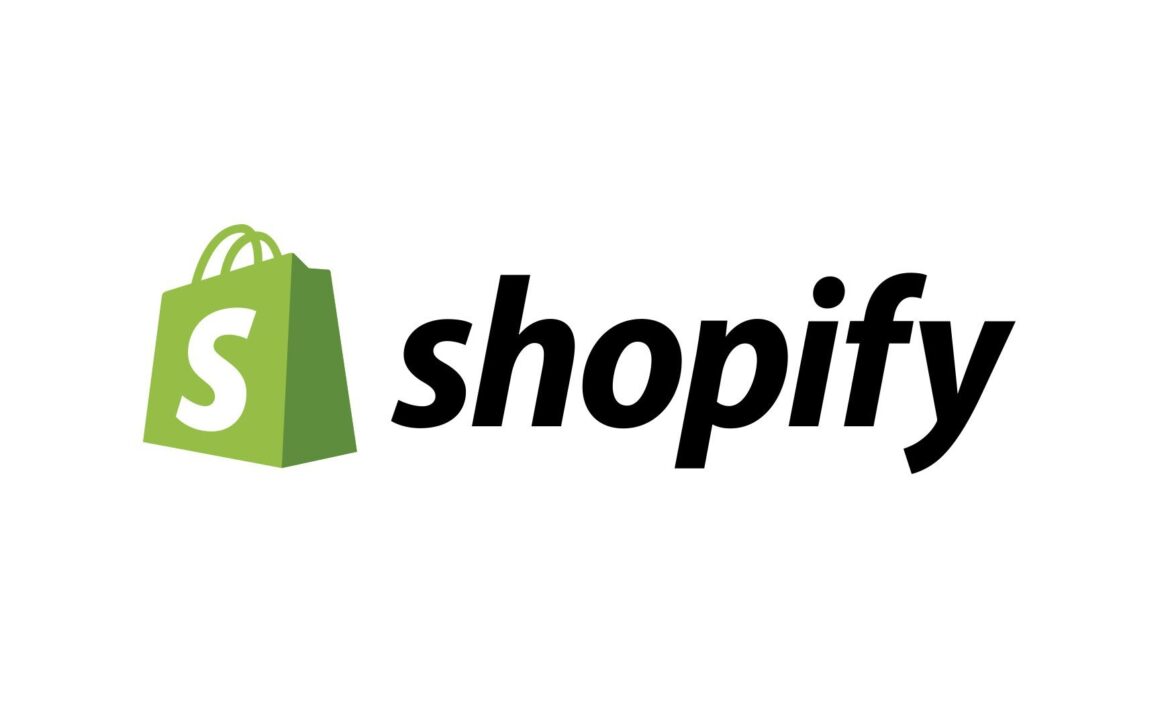
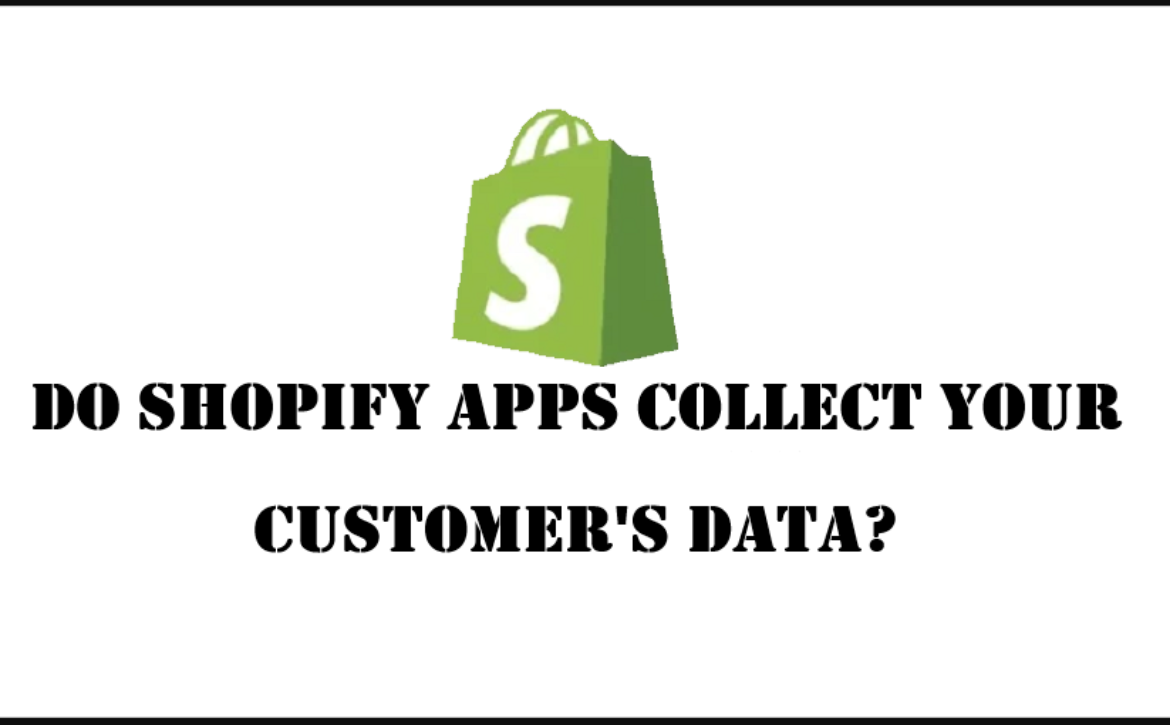
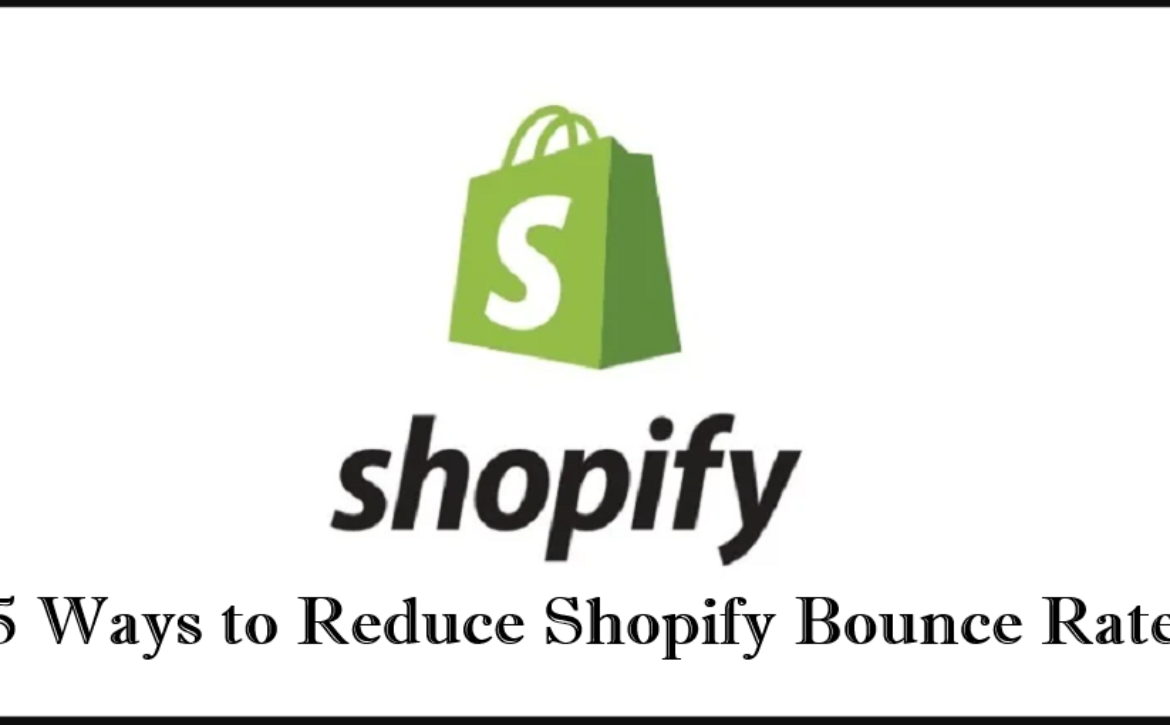
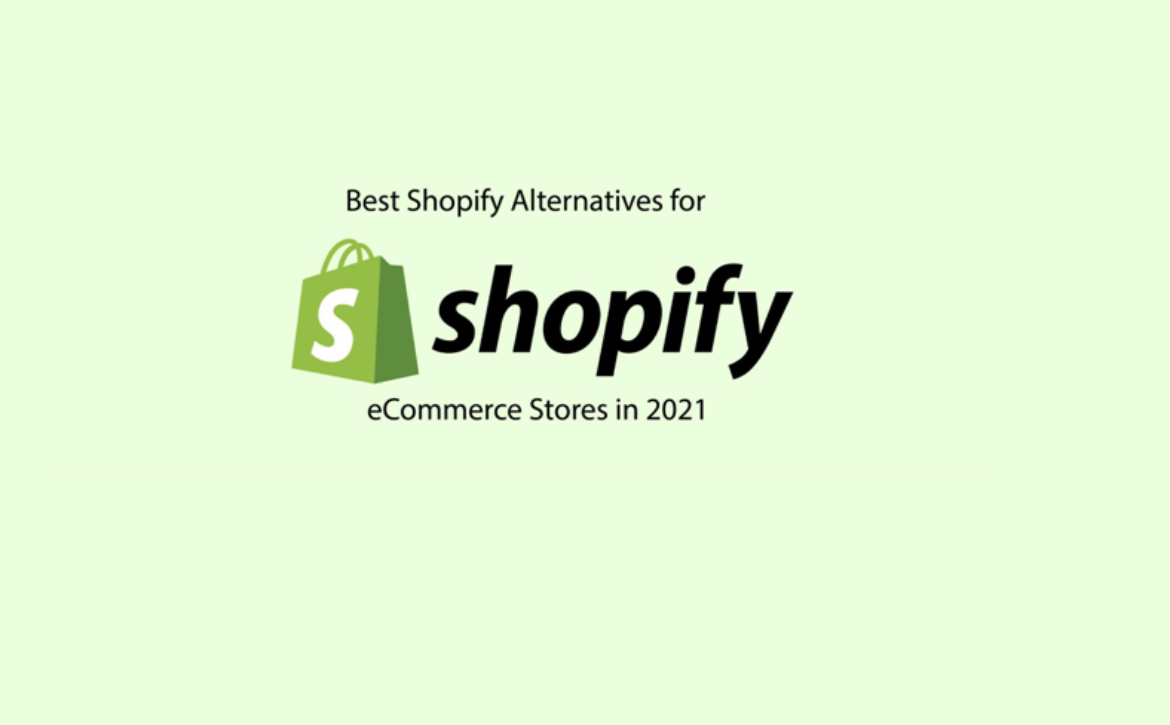
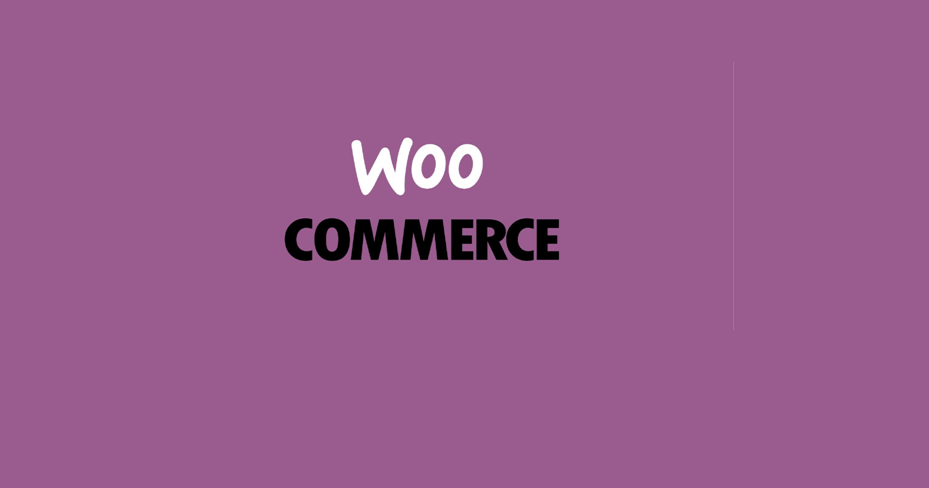 WooCommerce is the result of even the slightest amount of eCommerce application study. It’s one of the finest Shopify options for many companies. It’s entirely free to use, open-source, and, best of all, highly regarded for measuring visitor satisfaction. Some users even argue that it is superior to Shopify in many ways.
WooCommerce is the result of even the slightest amount of eCommerce application study. It’s one of the finest Shopify options for many companies. It’s entirely free to use, open-source, and, best of all, highly regarded for measuring visitor satisfaction. Some users even argue that it is superior to Shopify in many ways.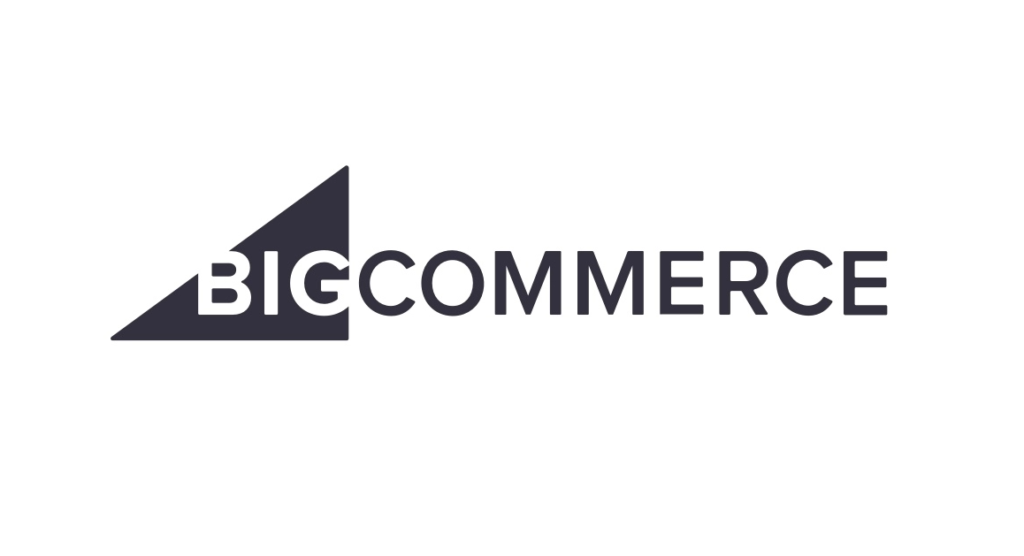 BigCommerce is a wonderful choice if you want a basic, no-frills experience with the flexibility of utilizing a drag-and-drop editor to build up your website. It’s one of the finest Shopify alternatives, and it provides eCommerce shop owners with a full-cycle solution.
BigCommerce is a wonderful choice if you want a basic, no-frills experience with the flexibility of utilizing a drag-and-drop editor to build up your website. It’s one of the finest Shopify alternatives, and it provides eCommerce shop owners with a full-cycle solution. For eCommerce shop owners, 3DCart is a solid hosted platform. 3DCart is one of the most popular Shopify alternatives for a variety of reasons. The rates start at $19 per month and go all the way up to $229 per month. You’ll get a variety of SEO tools, emails to follow up on abandoned carts, and customized goods in exchange. A
For eCommerce shop owners, 3DCart is a solid hosted platform. 3DCart is one of the most popular Shopify alternatives for a variety of reasons. The rates start at $19 per month and go all the way up to $229 per month. You’ll get a variety of SEO tools, emails to follow up on abandoned carts, and customized goods in exchange. A  One of the most popular Shopify alternatives is Volusion. This cloud-based shopping cart is used by over 200,000 organizations and is particularly popular among small enterprises and corporations wanting to expand. Your consumers will appreciate the ease of Volusion’s one-click checkout functionality. You may also use the platform to access a variety of plugins and features that you can use in your online business. It’s ideal for transportation companies. You must, however, understand how to keep your delivery expenses minimal.
One of the most popular Shopify alternatives is Volusion. This cloud-based shopping cart is used by over 200,000 organizations and is particularly popular among small enterprises and corporations wanting to expand. Your consumers will appreciate the ease of Volusion’s one-click checkout functionality. You may also use the platform to access a variety of plugins and features that you can use in your online business. It’s ideal for transportation companies. You must, however, understand how to keep your delivery expenses minimal. Squarespace is a good option if you don’t have a lot of computer expertise and want to keep your product selection modest. The platform includes a powerful website builder as well as a large selection of templates and themes. With that and a little tweaking, you can get some remarkable results and have an e-store that seems like it cost a fortune to build.
Squarespace is a good option if you don’t have a lot of computer expertise and want to keep your product selection modest. The platform includes a powerful website builder as well as a large selection of templates and themes. With that and a little tweaking, you can get some remarkable results and have an e-store that seems like it cost a fortune to build.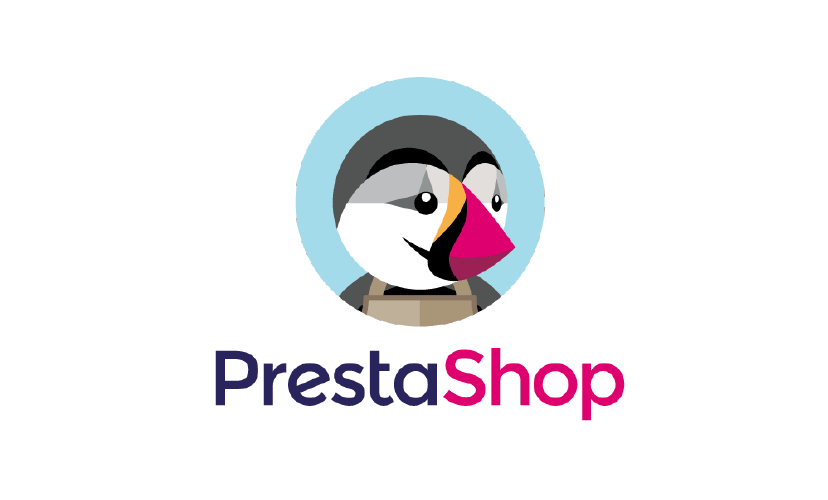 For enterprises on a tight budget, Prestashop is a great option. You might claim it’s free, but given that you’ll need to pay for web hosting and a name, it’s not quite as good as Magento. Prestashop has a hosted version thanks to agreements with 1&1, WebHostingHub, TMD, Microsoft Azure, and others.
For enterprises on a tight budget, Prestashop is a great option. You might claim it’s free, but given that you’ll need to pay for web hosting and a name, it’s not quite as good as Magento. Prestashop has a hosted version thanks to agreements with 1&1, WebHostingHub, TMD, Microsoft Azure, and others. Square Online is a Square eCommerce website builder. Square, which began as a payment processor, purchased Weebly a few years ago. Square Online is a quick and easy method for company owners to add eCommerce capabilities to their website if they currently use Square to accept payments.
Square Online is a Square eCommerce website builder. Square, which began as a payment processor, purchased Weebly a few years ago. Square Online is a quick and easy method for company owners to add eCommerce capabilities to their website if they currently use Square to accept payments.
